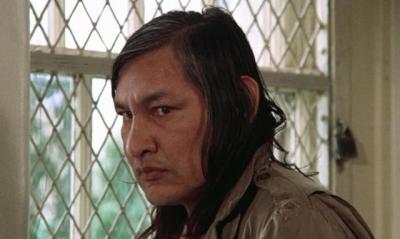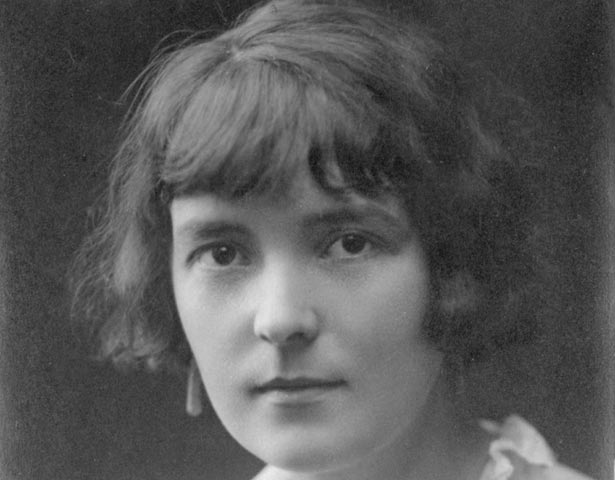Having recently finished a second stint as one of the judges of the Ringwood Publishing Short Story Competition, I thought I’d make a few observations on the stories I’ve read and perhaps give a few pointers for people looking to enter future competitions.
Firstly, to everyone who entered the Ringwood competition, or who has entered any writing competition at any time, congratulations. Congratulations twice over. Once for conceiving, starting and finishing your story. And once more for having the courage to enter it for a competition. That isn’t easy, I know, and the sense of disappointment when you don’t win or get on a shortlist can be dispiriting. So well done, and thank you for sharing your work with us. Please don’t give up.
Now, looking at the stories this time round, I have to be honest and say my first observation is that quite a high percentage of the stories entered weren’t ready. In many, there were simple punctuation, grammar or spelling mistakes which point to a story that hasn’t been fully edited. That alone isn’t enough to eliminate a good story from contention, but alongside those mistakes there were, in many instances, clear signs that the story needed more work.
No story will be a finished article on the first write. Even the second write. Third write. Fourth, fifth, sixth. Short stories are an unforgiving medium because they allow for no wasted words, no longeurs, no unnecessary scenes or scene-setting. Get into your story immediately. Tell that story as concisely as you can. Then leave the story at the first moment you can safely escape, your story told, the point made. You can only do that when you’ve written and rewritten and rewritten it, removed every unnecessary word, distilled the plot to its essence, left nothing but the hard, sharp form of the tale itself.
There’s no doubt a high percentage of stories would be immediately improved by deleting the first two, three or even four paragraphs. So many stories began with a protagonist going somewhere, or preparing to do something. Nobody cares about that. Start when the action starts.
Read your story aloud. How does it sound? Are the moments of tension tense, the moments of love tender, the moments of humour a relief? And, more importantly, does it sound like a story from your head, or is it like any other story you might read on the web?
Years ago, when I was in Alex Keegan’s Bootcamp, an online writing forum, Alex used to do an exercise where he would take a paragraph each from up to ten stories by different members of Bootcamp and stitch them together. Naturally, the story made no sense, but what was notable was that although the plot was nonsense the voice was consistent throughout. In other words, we were all writing in the same way, with a generic voice (usually Raymond Carver’s), with nothing distinctive, no way of grabbing the reader and saying to them “listen to this, listen to me, this story is amazing.”
Voice is such an important aspect of storytelling. It’s about the way your sentences work, the words you use, your tone, the rhythms of your sentences, the ebb and flow of emotion. Voice is the way you tell your story. No one else can write your story. You are unique and your story is unique so make it sound unique.
When you do that you will start to see your story crystallise on the page. It will become specific, real, an imagined world made flesh. Your characters will be more than names, your locales will be more than streets or hills or enchanted glades. They will be Ash Harker, young and frightened and alone, travelled 5,000 miles in search of truth; they will be that street, Milnab Street, the street where you were born in your big brother’s bed; they will be the Knock hill, trees and heather and blaeberry bushes, stretching high over Crieff and nestling between the Grampians and the Ochils; they will be the enchanted glade where you fell in love, where your life truly began, where the wonders of the world were revealed. Everything in your story will be real. Specificity is everything. Without it there is no story, just words.
Take chances. Be bold. Search for that perfect, beautiful phrase, one that nobody’s heard before, one that sings, soars, hits you in the solar plexus. Make mistakes. That’s okay. You’re still learning. Ray Bradbury said the first million words was your apprenticeship. I’d rather read something where the author’s tried too hard and it hasn’t come off than something where they’ve settled for the first description or action that came to mind. I want to go on a glorious adventure with you, my mind and yours perfectly in union.
To end where we began: congratulations on your immense good
fortune in being a writer. It’s a grand business, and I wish you all the very
best of luck in making your writing wonderful. Hopefully, we can do it all
again next year.



